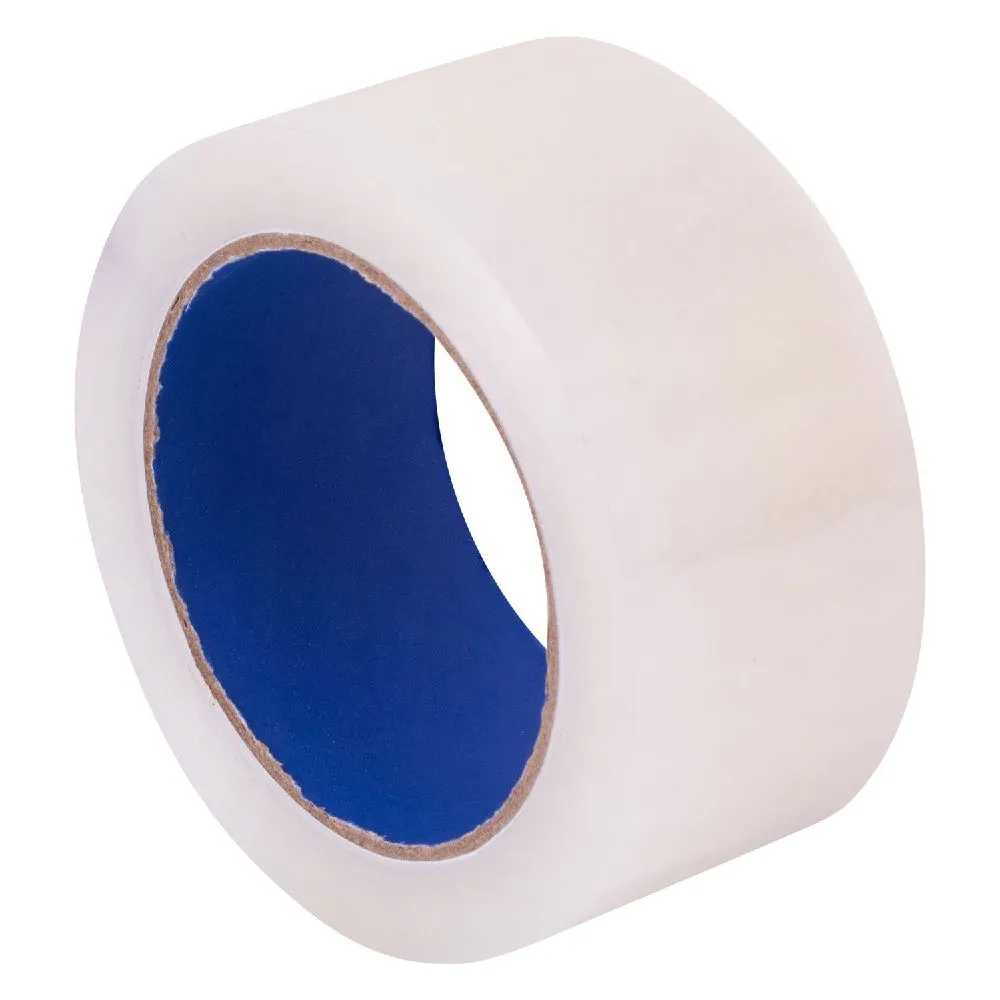The Rise of Printed Food Containers Merging Functionality with Branding
In recent years, the food packaging industry has undergone a significant transformation, driven by the need for more sustainable, efficient, and visually appealing options. One notable trend that has emerged is the increased use of printed food containers. This development not only addresses practical concerns surrounding food safety and preservation but also enhances brand visibility and consumer engagement.
Printed food containers come in various forms, including boxes, cups, wrappers, and bags, each tailored to specific food products. This versatility makes them particularly appealing to food manufacturers and restaurants alike. By printing logos, product information, and creative designs directly onto the packaging, brands can effectively communicate their identity and values. This aspect of printed containers plays a crucial role in attracting consumers in a crowded marketplace. A well-designed container stands out on the shelf or at a food truck, compelling potential customers to choose one product over another.
Moreover, printed food containers offer more than just aesthetic benefits. Sustainable packaging has become a critical concern for many consumers, who are increasingly conscious of their environmental impact. Many companies are now opting for biodegradable or recyclable materials for their printed food containers. By choosing sustainable options and highlighting these features through attractive printing, brands can appeal to eco-conscious consumers, enhancing their marketability.
The technology behind printing food containers has also evolved significantly. Advanced printing techniques, such as digital, flexographic, and gravure printing, allow for high-quality imagery and vibrant colors. This means that brands can produce intricate designs that reflect their creativity while ensuring that the printed information remains legible and informative. Additionally, innovations in food-safe inks and coatings ensure that the printed materials do not compromise the safety of the food they contain.
printed food containers

Consumer engagement does not end with the purchase. Printed food containers can also serve as a medium for interaction. Many brands are incorporating QR codes or social media handles directly onto their packaging. This not only encourages customers to engage with the brand online but also provides a platform for feedback and interactions. This form of connectedness fosters brand loyalty and builds a community around the product.
With the rise of food delivery services, the importance of printed food containers has only intensified. As more people rely on takeout options, the packaging becomes an essential part of the dining experience. Deliveries might lack the ambiance of a restaurant, but well-designed printed containers can elevate the unboxing experience. They can convey warmth, creativity, and attention to detail, making the consumer feel valued and appreciated.
Another aspect in which printed food containers shine is their role in promoting special events or seasonal products. Limited edition containers can generate buzz and excitement within a brand's customer base. For instance, a coffee shop might release festive holiday cups adorned with seasonal designs, enticing customers to make a purchase simply for the novelty of the container. This strategy can significantly boost sales during peak periods, making printed food containers a powerful marketing tool.
In conclusion, printed food containers represent a convergence of functionality and branding in the modern food industry. They not only ensure food safety and sustainability but also provide brands with a creative canvas to tell their story and connect with consumers. As technology continues to advance and consumer preferences evolve, it is clear that printed food containers will remain an integral part of food packaging, helping brands thrive in an ever-competitive landscape. Whether through sustainable practices, striking designs, or customer engagement initiatives, the future of food packaging will undoubtedly be colorful, innovative, and deeply connected to the brands we love.



